The art of storyboarding: Enhancing script breakdown and pre-production in filmmaking
The art of filmmaking isn't as straightforward as it appears. From script to screen, it involves a meticulous and comprehensive process, with each stage requiring intense attention to detail.


Central to this process is storyboarding in script breakdown and pre-production. This step is pivotal in transforming written words into visual storytelling, enhancing the quality of the final film output.
Understanding storyboarding in filmmaking
Storyboards serve as the visual blueprint of a film, presenting a sequence of illustrations or images to pre-visualize the narrative. They're indispensable for understanding the flow of the plot, the placement of characters, and the desired camera angles. Storyboarding in filmmaking has been an integral part since the early days of cinema, with classic films like "Gone with the Wind" (1939) heavily relying on this process for their complex and dramatic sequences.

The importance of storyboarding in the script breakdown process
Script breakdown is a crucial stage in pre-production. It involves dissecting a screenplay to identify all the elements necessary for filming – characters, props, special effects, and more. Integrating storyboarding into this process can illuminate the director's vision and make it tangible for the entire crew. This was vividly displayed in the production of "Jurassic Park" (1993), where storyboarding facilitated the integration of groundbreaking CGI technology, helping Steven Spielberg and his team bring the prehistoric creatures to life.

Benefits of storyboarding in pre-production
Visualizing scenes and sequences
Storyboarding provides a means of visualizing scenes and sequences, converting script elements into tangible visual aids. This was crucial in the production of "A Hard Day's Night" (1964). Director Richard Lester used storyboards to visually map out the band's performance sequences, seamlessly blending music and cinema.
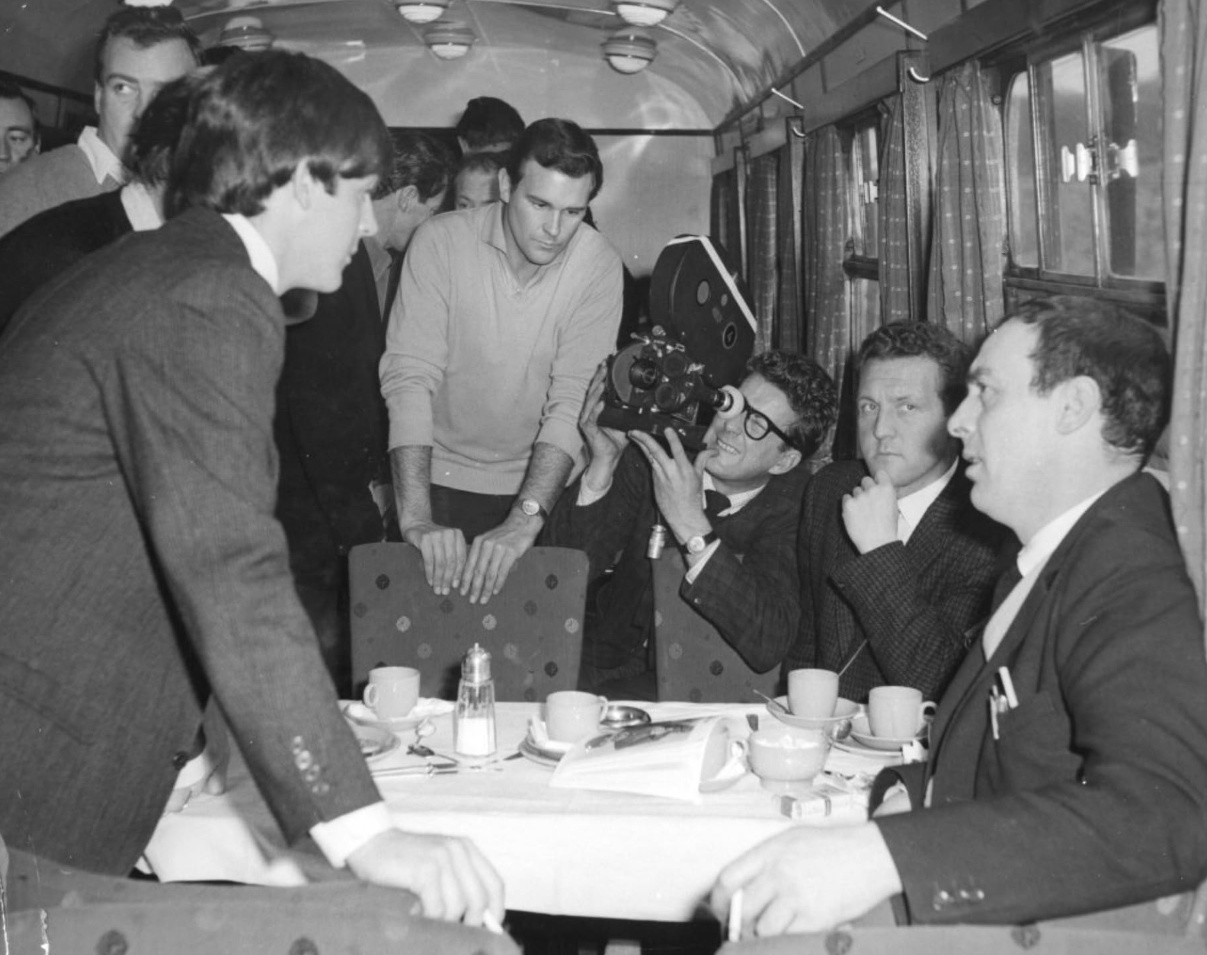
Enhancing communication and collaboration
Storyboards enhance communication and foster collaboration within the production team. The process allows everyone involved in the project, from the director to the costume designer, to share a common visual language. This was exemplified in "Schindler's List" (1993), where Spielberg's detailed storyboards allowed the team to capture the essence of the script emotionally and visually.
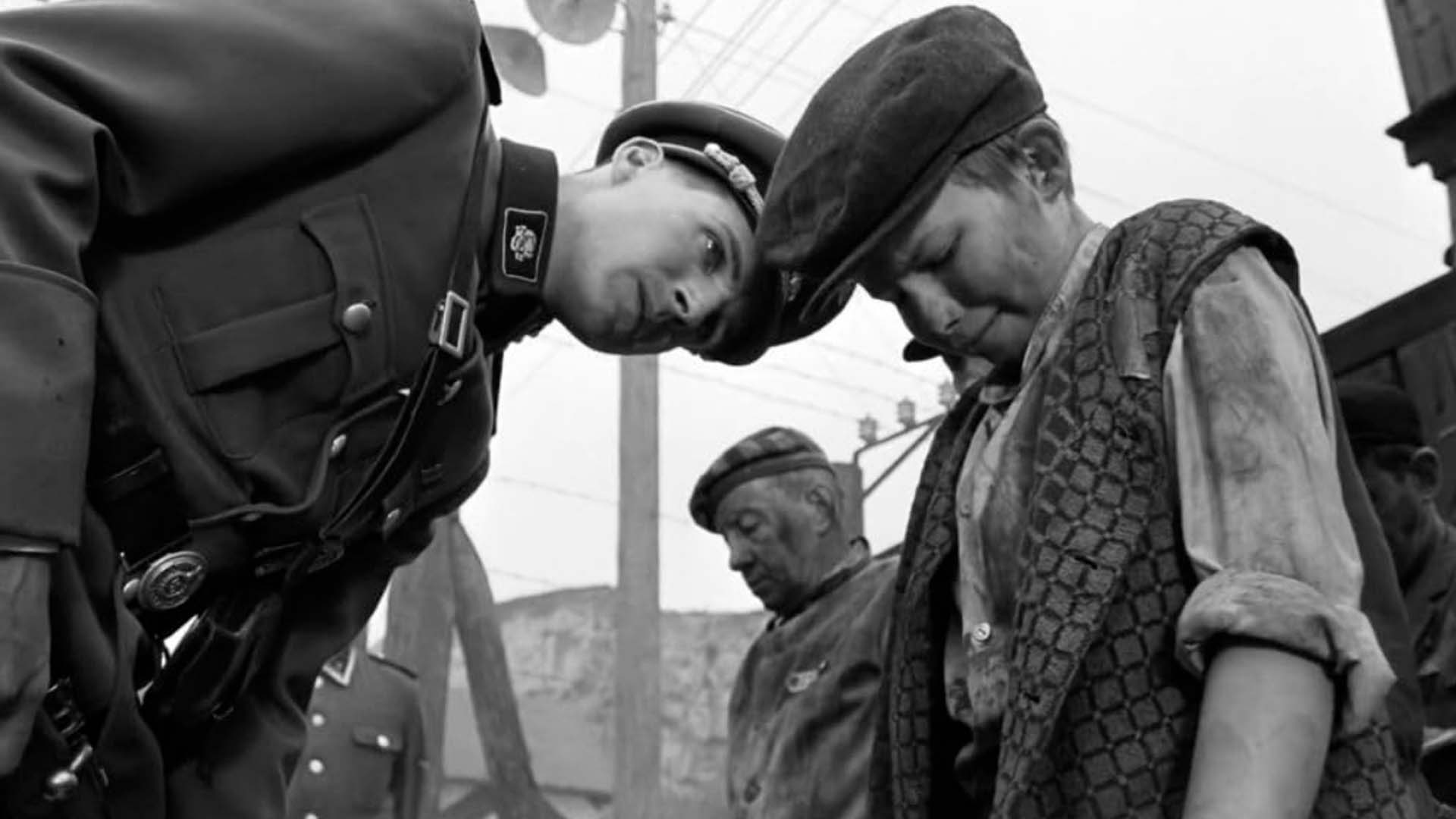
Identifying technical requirements
Storyboarding can help identify technical requirements in advance, such as camera setups, special effects, and stunts. This was particularly relevant in the production of "Mad Max: Fury Road" (2015). Director George Miller and his team created an entire script in storyboard format, meticulously planning the high-octane chase sequences.
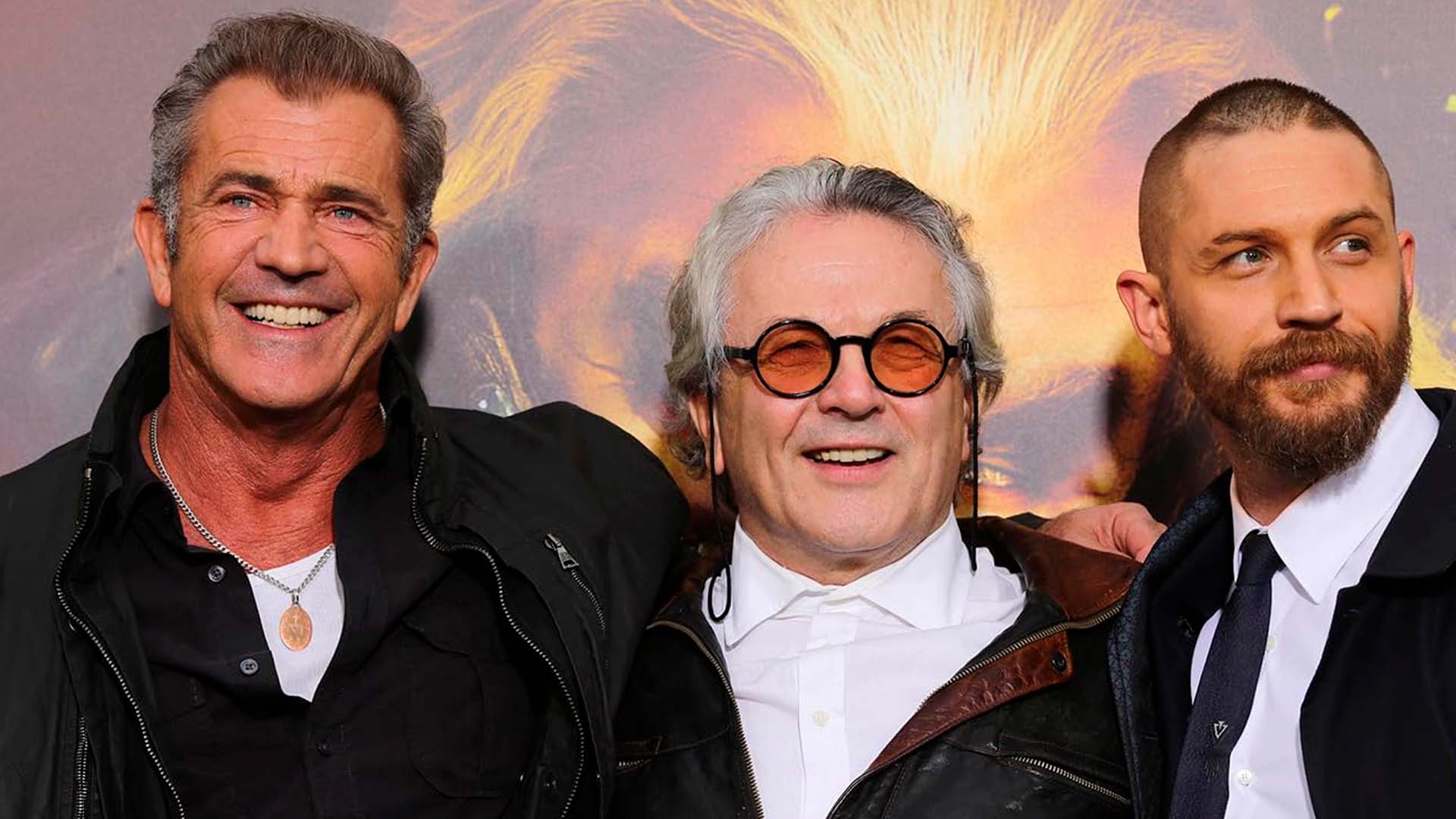
Anticipating production challenges
Storyboarding also plays a role in predicting potential production challenges, allowing teams to address these issues during pre-production. For example, in the creation of "Toy Story" (1995), Pixar used storyboarding to anticipate and solve animation challenges before entering the intensive production phase.
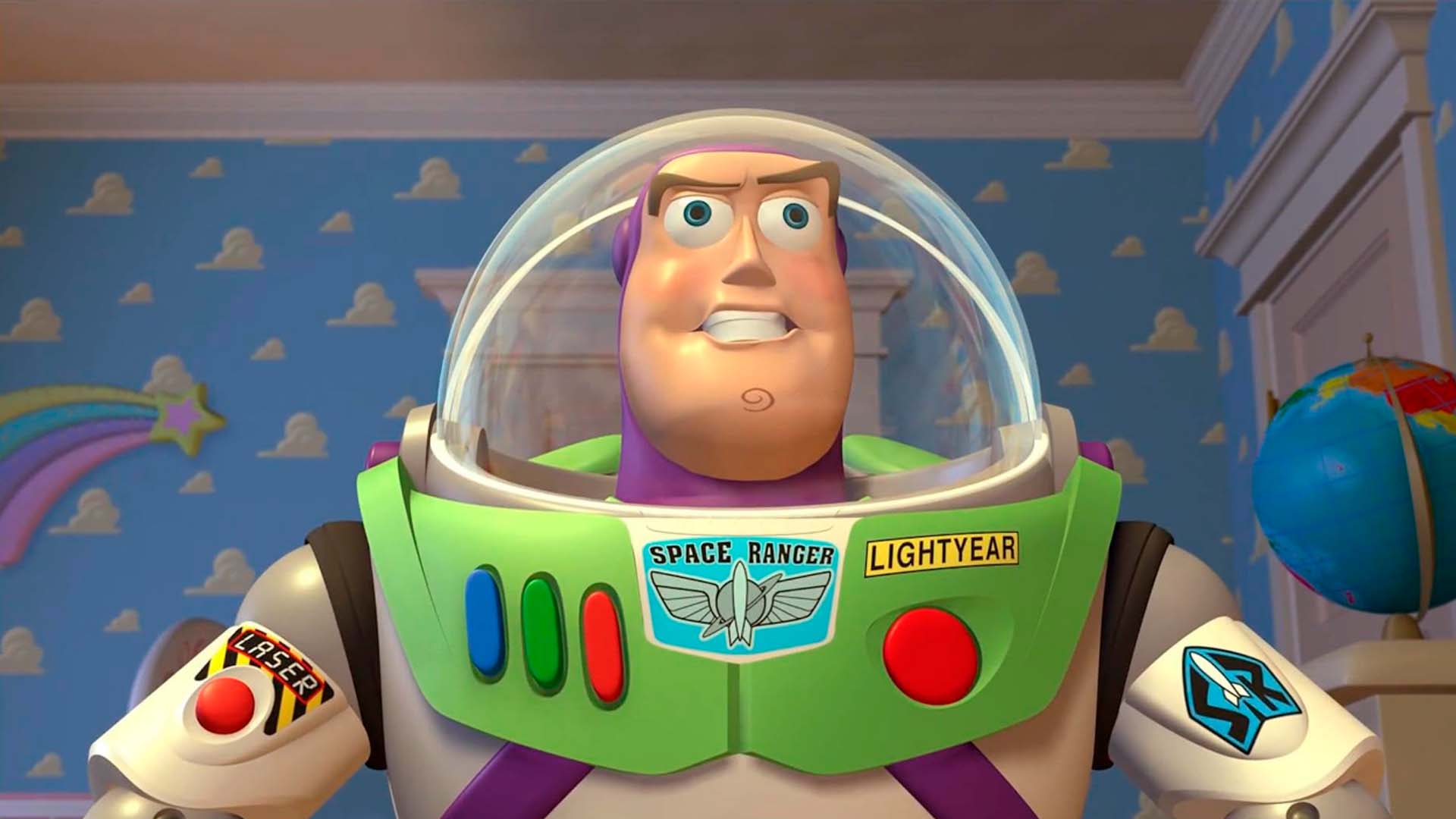
Integrating storyboarding with script breakdown
Storyboarding and script breakdown go hand-in-hand in creating a comprehensive production plan. They enable the identification of key elements and details, map out shot lists and camera angles, and analyze visual continuity.
Effective storyboarding techniques and tools
Over the years, storyboarding techniques have evolved. Traditional hand-drawn storyboards continue to be widely used, while digital storyboarding software and collaborative platforms are gaining traction, offering flexibility and ease of modification.
Case studies: Successful implementation of storyboarding in pre-production
A few case studies demonstrating the successful implementation of storyboarding in pre-production include Alfred Hitchcock's "Psycho" (1960), where detailed storyboards guided the infamous shower scene, and "Inception" (2010), where Christopher Nolan's elaborate storyboards helped create the film's complex dream sequences.
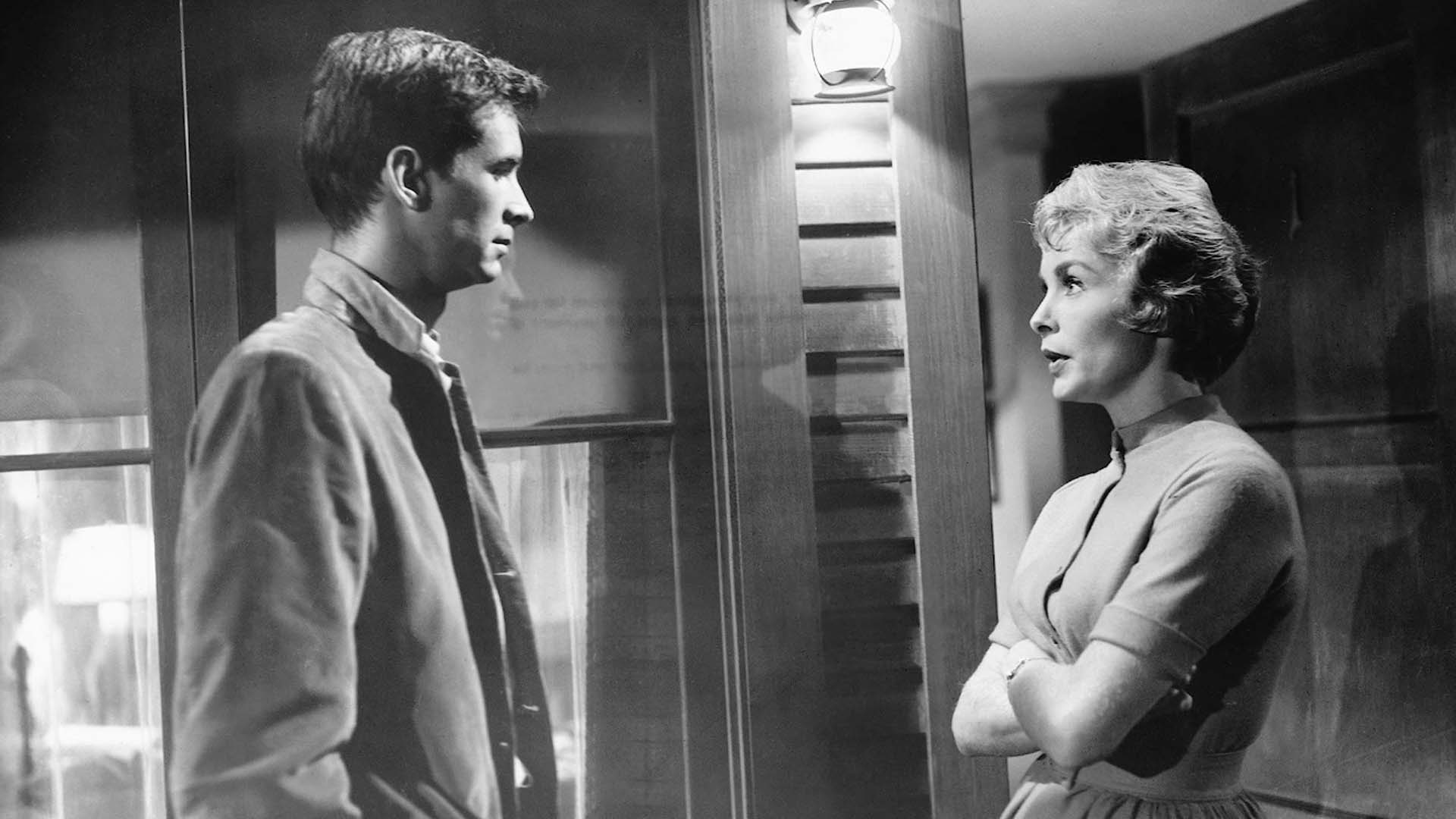
Best practices for utilizing storyboarding in pre-production
Engage with the creative team regularly, and embrace iterative storyboarding and feedback. It's also important to incorporate feedback into the script breakdown and adapt storyboards to production needs.
Conclusion
Storyboarding is an indispensable tool in script breakdown and pre-production, with the power to guide and enhance the film production process. So, why storyboarding is beneficial:
- Pre-visualization: Storyboarding provides an opportunity to visualize the script and scenes before actual production, saving time and resources.
- Clear communication: It ensures everyone on the team - from director to camera crew to actors - understands the vision of the scene, promoting clear and effective communication.
- Detecting issues early: Storyboarding helps identify potential issues in the script or scene setup, allowing for early troubleshooting and adjustments.
- Planning camera movements: It aids in planning the camera angles, shots, and movements, contributing to efficient cinematography.
- Enhancing creativity: Storyboarding encourages creative exploration, allowing filmmakers to experiment with different ideas for scene composition and sequence flow.
- Efficient resource management: It aids in understanding resource allocation - deciding which scenes require more budget, props, actors, or locations, contributing to efficient resource management.
- Improving collaboration: It serves as a common reference for all departments, fostering collaboration and mutual understanding among various production teams.
- Assisting in editing: Having a storyboard can guide the post-production editing process, ensuring the storyline is followed accurately.
- Increasing efficiency in production: By defining the specifics of each shot, storyboarding can significantly increase the efficiency of the actual filming process, saving both time and money.
- Maintaining narrative flow: It helps maintain continuity and flow in the narrative, ensuring a coherent storytelling experience for the audience.
- Facilitating investor pitches: A well-executed storyboard can be an effective tool for pitching a film project to potential investors, as it provides a tangible vision of the final product.
At Filmustage, we understand the importance of storyboarding in filmmaking. Our platform offers a range of tools for effective pre-production, including AI-driven script breakdown and reference image search features. Harness the benefits of storyboarding in your next film project and bring your cinematic vision to life with Filmustage.